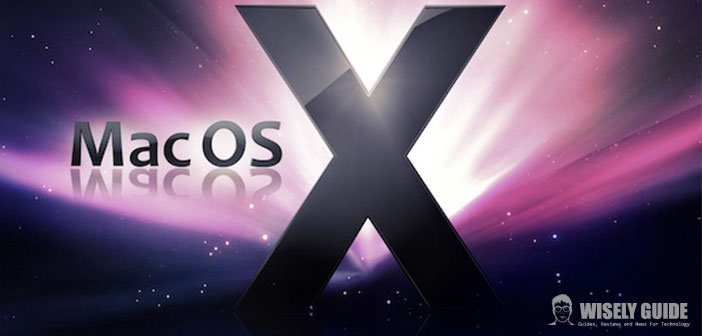The computers of the ” apple ” offer numerous customization possibilities and allow you to meet the needs of any type of user, mainly due to the various free tools made available by the same system.
Among these are the indispensable Disk Utility, an application that allows you to manage all storage units installed in our Mac, including internal disks, external flash drive and so on.
The software also allows you to create a new partition on the system disk without necessarily format, so in order to have an additional logical drive to be used, for example, to store your backup file or to organize your data in a different way from that proposed by the system. Before creating the new partition, it is preferable to make a backup copy of important documents and make sure that you have closed all applications previously open, except the Finder.
1.) As a first step, we start our main working tool, namely the Disk Utility which can be accessed through the Utilities folder in Launchpad, or directly from the desktop of Mac OSX Lion via the Go menu / Utilities / Disk Utility.
2.) The Disk Utility, once started, to the left shows the units currently installed in the system. We identify the boot disk, usually called Macintosh HD, and I click on it. At the bottom of the window, we check the free space on your hard paying attention to the amount reported in item stock. If the free space is not enough, it is preferable to avoid the creation of a new partition on the same disk.
3.) In the list on the right, we click on the hard disk present immediately above the Macintosh in order to select the entire physical drive, whose name is generally represented by an alphanumeric code that generally corresponds to the model of the hard disk and disk capacity expressed in Giga Bytes ..
4.) In the central section of the Disk Utility window, between the buttons at the top, we localize the one called Partition and click to select it. Shown is a box that summarizes the current partition layout of the disk. The white area represents the free space, while the blue indicates the space currently occupied by the data.
5.) In the bottom part of Scheme Partitions click on the button to divide the disk exactly in half. At this point, we select the bottom half, bring the pointer over the dividing line, then we click with the left and holding the button move the mouse up or down to adjust the size of the new partition. If we want to increase the space on the new partition, just move up, but if we move the mouse down will reduce the size of the new partition, keeping more capacious boot disk.
6.) I click at the name field to rename the new partition (we can call, for example, Partition 2) and leave unchanged the Format field of the type Mac OS Extended (Journaled). We note that the size field contains the space in GB partition selected: this value, if necessary, can be changed manually by typing the amount of memory directly from the keyboard of our Mac.
7.) To confirm the procedure and create the new partition on our Mac, click on the Apply button, otherwise we use the Revert to Original button to cancel the changes and leave unchanged from the original configuration of the disk.

